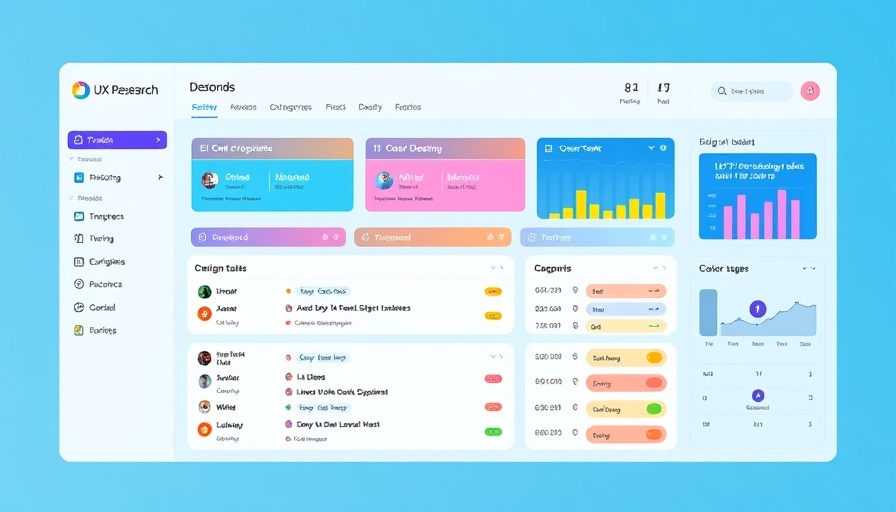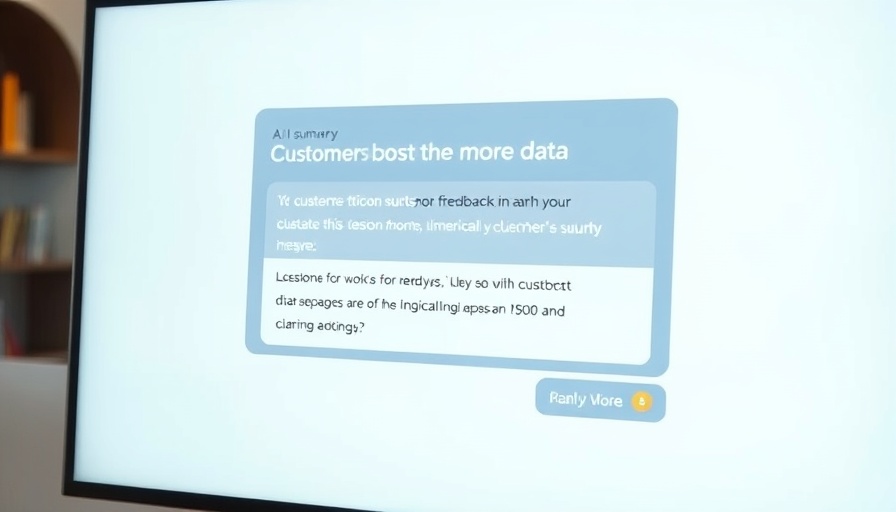
Amplify Your UX Impact with Free Portfolio Templates
As business owners scaling their operations and seeking funding, understanding the value of a solid UX research portfolio is crucial. A well-curated portfolio showcases not only your skills but also the processes, collaboration, and workflows that enhance product development. The right UX research portfolio can illustrate how user insights directly contribute to business growth, making a compelling case to investors.
Why a Strong UX Research Portfolio Matters
For companies generating between $2M and $10M in annual revenue, building a standout UX research portfolio can be a game-changer. It serves as evidence of your team’s capability to understand user needs and translate them into actionable outcomes. Investors are increasingly looking for founders who demonstrate a robust understanding of their market, and a visually appealing, structured portfolio helps in making that statement.
Key Features of UX Research Portfolios
To truly resonate with stakeholders, your UX research portfolio should include the following elements:
- Process Documentation: Outline methodologies used in your research. This transparency can enhance credibility.
- Visual Hierarchy: Use diagrams, charts, and visuals to clarify points quickly, especially for stakeholders who might not be familiar with UX processes.
- Case Studies: Provide real-world examples of how your UX research influenced product development and decision-making.
Enhancing Collaboration Through Templates
Utilizing UX research portfolio templates can streamline the creation process and improve collaboration within your team. Templates offer a framework that teams can use to maintain consistency in presentations while allowing for customization that reflects your unique brand. Improved processes lead to better project management, driving efficiency as your team scales.
Next Steps: Implementing Templates into Your Workflow
Here are some actionable insights to consider when integrating UX research portfolio templates into your operations:
- Collect Existing Research: Audit your past projects to gather insights and data that can populate your portfolio templates.
- Foster Team Collaboration: Encourage input from various departments to create a well-rounded portfolio that represents multiple perspectives.
- Test and Iterate: Use feedback from stakeholders to improve your portfolio’s effectiveness continuously.
Final Thoughts: Maximize Your Portfolio's Potential
Your UX research portfolio is more than just a collection of projects; it’s a persuasive tool that can shape your company’s narrative to potential investors. By leveraging ready-made templates, you can create a visually appealing and organized portfolio that speaks to your operational strengths. Start maximizing this resource to enhance your funding opportunities!
 Add Row
Add Row  Add
Add 



Write A Comment